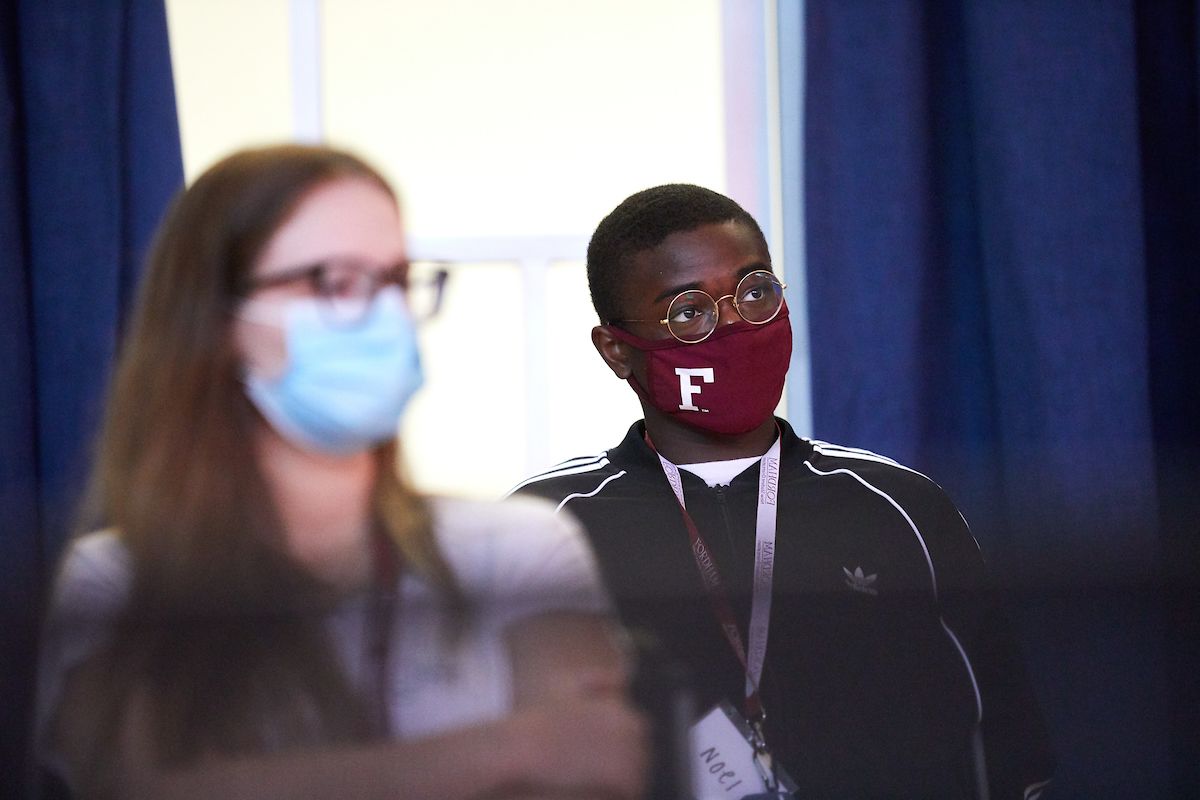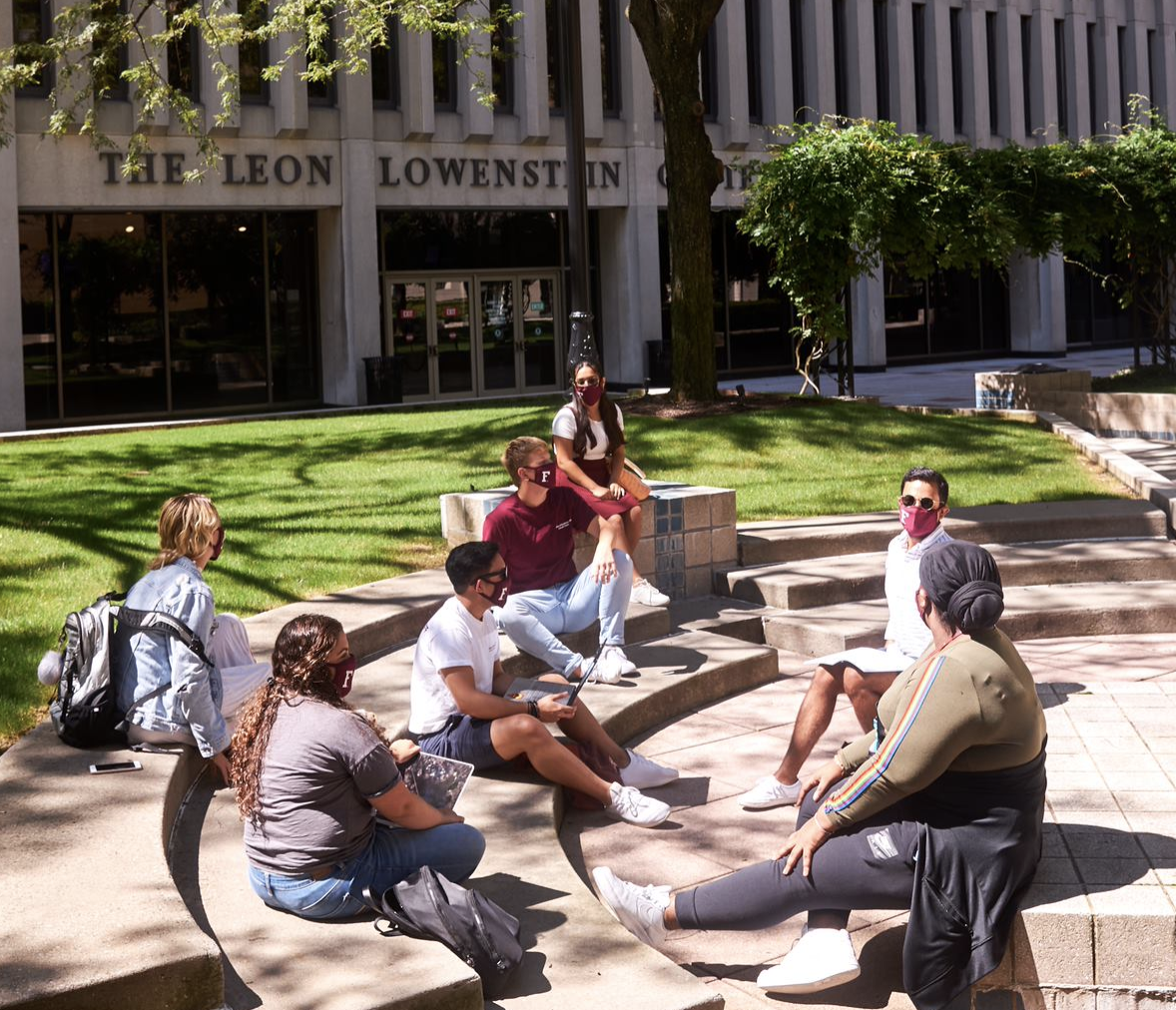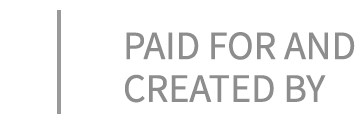A 2021 Anomaly:
A Balanced Budget

The one-year anniversary of Covid-19 is quickly approaching and the myriad calls for new business models, innovation and the urgent need for academic programmatic change to address the budget realities facing institutions of higher education continue to be overwhelming. I’ll leave the academic offering discussion to my expert colleagues — our University President, Provost and Deans — but will propose thoughts in my own realm: what if to survive and thrive, we don’t have to change who we are and what we offer so much as ensure we function with real fiscal discipline and dynamic financial planning?
With all of the uncertainty associated with the pandemic this past year, chief financial officers and their teams were asked to deliver the impossible: Develop realistic budgets with an unprecedented lack of data and information.
Year-over-year analyses and algorithms had little utility. We didn’t know what our enrollment numbers would look like, the level of financial aid necessary to bring in our class, or how our endowments would weather the market downturn. We were unsure of how well our traditional revenue streams would hold, or if we could count on income from auxiliaries like housing and meal plans. We couldn’t predict the Covid-19 specific expenses associated with our new reality, and in fact couldn’t predict the presence or transmission rate of the Covid-19 virus on our campuses.
As we’ve seen, institutions and their financial officers had varying degrees of success adapting to what is estimated to be a $183 billion hit to higher education, according to The Chronicle of Higher Education.

Fordham University's CFO, Martha Hirst
Fordham University's CFO, Martha Hirst


At Fordham University, we were able to deliver on the promise we made to the campus community — we have balanced our budget for the 2020-21 fiscal year, and we will deliver a balanced budget for the next fiscal year. The “we” in this instance refers to the University’s senior leadership team and the Board of Trustees Finance and Investment Committee as well as our Finance team — collaboration at its finest. We will have done so without extra drawing down our endowment, laying off any faculty or staff, furloughing our people, nor slashing the academic heart of our institution. And all of this was accomplished with a budget that is 88 percent dependent upon tuition and other student sources.
Our approach was simple in concept. We developed a matrix based on financial and enrollment assumptions for multiple “what if” scenarios, and plugged them into fiscal modeling. We then narrowed the choices to the 15 most likely situations and relied upon our own experience and insight to hone in on what we thought we might face. It is important to note that the modeling was ongoing and allowed us to adapt our approach as conditions changed, or as we had clarity on specific variables. The model allowed us to readjust once projections became reality.
The matrix looked like a “Jeopardy” board, with each box offering a mix of the factors that came into play. They represented necessary details, specific budgetary inputs, policy considerations and choices. These boxes included elements like salaries, benefits, and university initiatives that we wanted to fund, tuition rates, mix of residential versus commuter students, and considerations of what we saw occurring across the higher education sector.
This approach allowed for the identification and configuration of variables in our financial model. Despite the lack of precedent, it enabled us to bring order to what initially appeared to be chaos, and in so doing, to narrow our risk.
This process helped us to see how each assumption impacted our variables to create greater clarity around the financial resources we might have available; we could then shift resources around and identify possible actions to take, which eventually led us to understand how we might meet our new budget parameters within the most modest revenue streams, courtesy of Covid-19.
A budget’s main purpose is to allow campus leaders to fulfill our academic mission.
Like all leadership teams, we had to make very difficult choices, and early on we chose the following as our measuring stick for each expense cut: is it necessary, is it doable, and can it help us in the long run?
Our planning allowed us to limit our range of reductions to those absolutely necessary, and focus our time on identifying the combination and timing of cuts we would need. We also remained mindful of the amount of change our community had the appetite for as we all struggled to make sense of the pandemic.
The key for us was to map potential risks and ask tough questions so that our leadership team had the information needed to make strategic decisions. And it took discipline — financial and personal. It’s never easy to make unpopular choices. We had to accept the fact that we would never have universal approval of our decisions: the reality is that none of us cared for the choices we had to make but we knew we had to make tough decisions. The institution’s future depended on us rising to this leadership challenge.


Fordham is going to end the 2020-2021 year in a positive place. That’s not just a statement on our budget, although it will be balanced. Rather, it marks the incredible success a truly collaborative leadership team achieved with dynamic scenario-planning that worked remarkably well as conditions changed, quickly and dramatically, as never before. And in 2021 — or in any year — that’s a win.
To learn more about Fordham University and the work we’re doing to support financial planning, our students and our community through the pandemic, you can visit insight.fordham.edu.
This content was paid for and created by Fordham University. The editorial staff of The Chronicle had no role in its preparation. Find out more about paid content.



